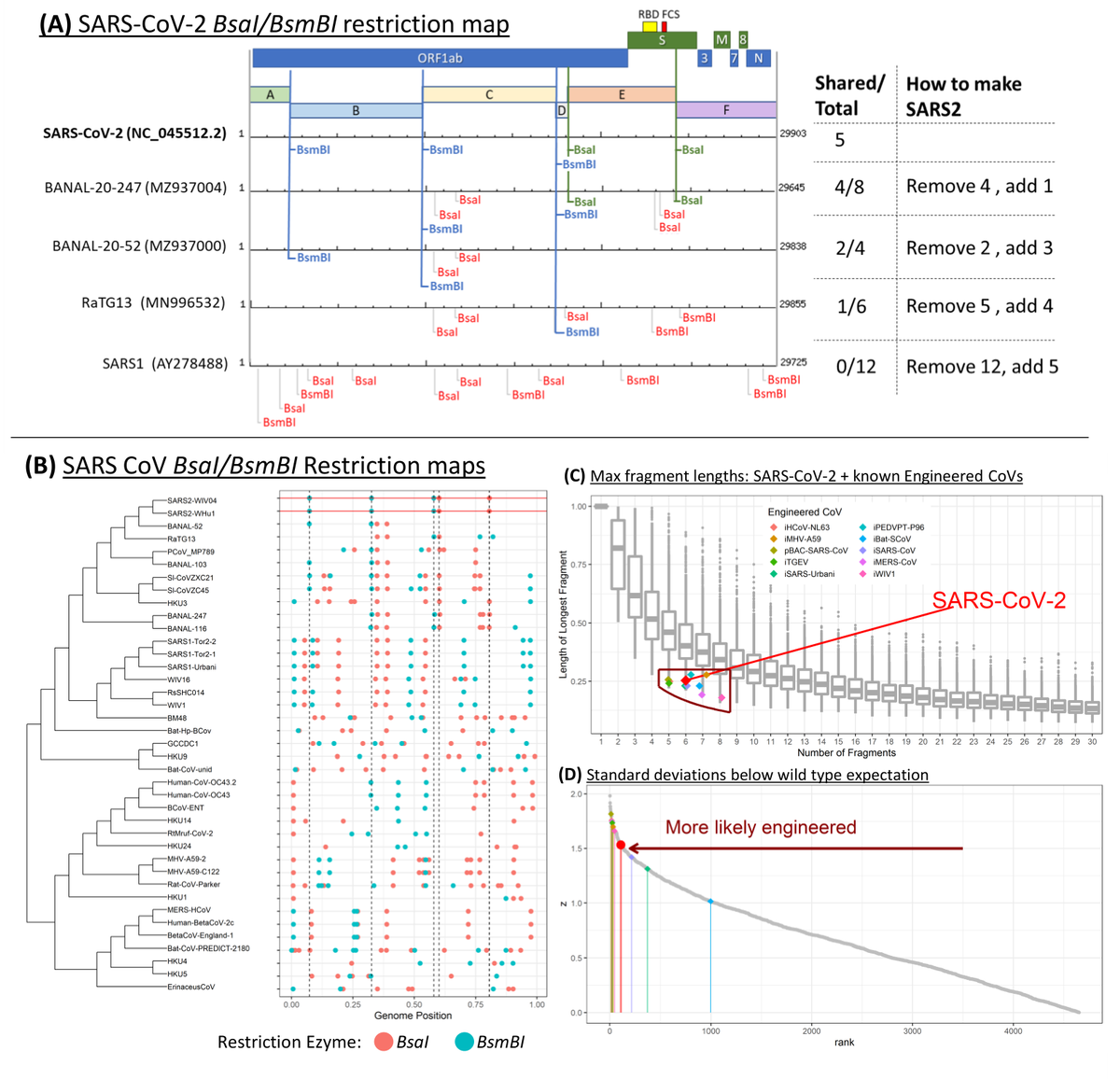by Kyle Becker, Becker News:

A brand new paper on the origins of SARS-CoV-2, the novel coronavirus behind Covid-19, is providing the strongest evidence yet that the virus was manmade and did not originate spontaneously in a Chinese ‘wet market.
Princeton researcher Alex Washburne announced the pre-print publication of the new study, which some skeptics are now crediting with changing their mind on the issue. His Thread follows below:
TRUTH LIVES on at https://sgtreport.tv/
Endonuclease fingerprint indicates a synthetic origin of SARS-CoV-2. A collaborative product by @VBruttel, @tony_vandongen, and myself. Here’s what we found:

The origin of SARS-CoV-2 is unknown. Some hypothesized 2 spillover events at the wet market, but methodological flaws make that work inconclusive. We need to know the true origin of SARS-CoV-2 to prevent pandemics.
5 recent preprints challenging the Huanan Seafood Market origin hypothesis
1) Circular arguments on the origin of SARS-CoV-2 by @DavidBahryhttps://t.co/eTXIM23kIu
— Adrian J (@humblesci) October 16, 2022
We examined whether SARS-CoV-2 was synthesized in a lab. We studied a common method for synthesizing CoVs in the lab. This method was thought to not leave a fingerprint. We found the fingerprint. That fingerprint is in the SARS-CoV-2 genome.
Here’s how you make a CoV in the lab: To make a 30kb RNA virus in the lab, you need a 30kb DNA clone. To assemble a 30kb DNA clone, scientists glue together several smaller fragments. A popular method for DNA assembly is ‘golden gate assembly.’
(en.wikipedia.org/wiki/Golden_Ga…)

Golden gate assembly requires the DNA sequence have special “cutting” sites (type IIS restriction sites). Cutting sites creates 3-4 nt “sticky ends”. Sticky ends help you ‘paste’ DNA segments together, ensuring faithful assembly of your 30kb DNA copy of a viral genome.
RNA viruses like CoVs are not under selection specifically for this kind of cutting & pasting. So, wild viruses tend to have cutting/pasting sites randomly scattered in their genome. Researchers building viruses in a lab will often add/remove cutting sites…
We collected examples of CoV infectious clones assembled with these type IIS cutting/pasting systems from 2000-2019. We found a clear pattern in how researchers tended to add/remove cutting/pasting sites.



